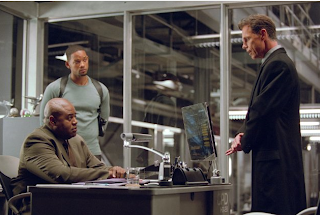Vladimir Propp
was a soviet formalist scholar who analyzed the basic plot components of Russian folk tales to identify their simplest irreducible narrative elements.Vladimir Propp broke up fairy tales into sections. Through these sections he was able to define the tale into a series of sequences that occurred within the Russian fairytale.
Vladimir Propp suggested that every narrative has eight different character types, these character types were:
The Villain - fights the hero in some way.
The Dispatcher - makes the villain's evil known and sends the hero off.
The Helper - helps the hero in their quest.
The Princess - acts as a prize for the hero.
Princess' Father - gives task to hero then gives the hero the reward.
The Donor - prepares the hero.
The Hero - reacts to the donor and gets the prize.
False Hero - tries to take credit for the hero's actions.
Claude Levi Strauss
Levi Strauss was a french anthropologist and ethnologist who studied hundreds of myths and legends all around the world, from that he found out that we as humans make sense of the world, people and events by seeing and using binary opposites.
Some examples of binary opposites:
Good v Evil
Black v White
Boy v Girl
Peace v War
Civilized v Savage
Democracy v Dictatorship
Equilibrium Theory
The equilibrium is a theory that the story is about a normal state being disrupted but then resolved to reinstate normality.






